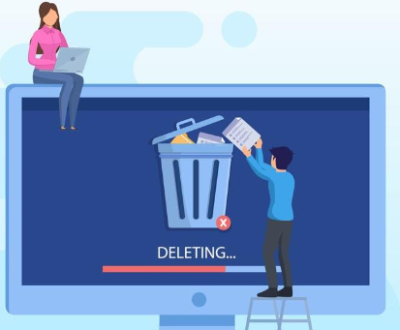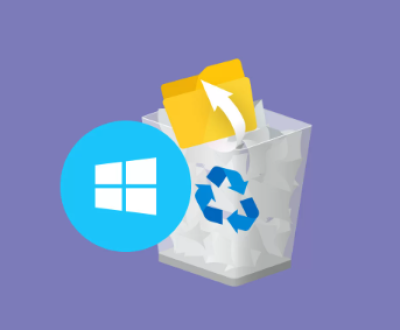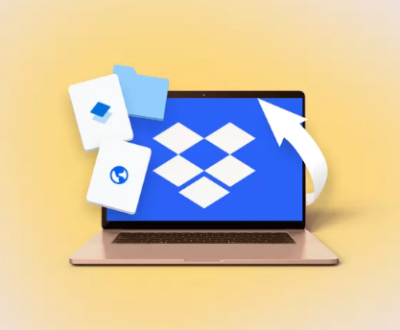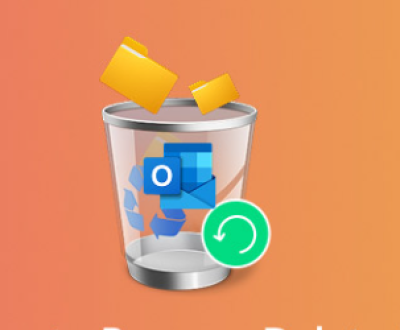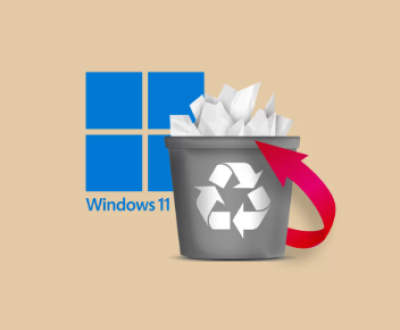ZIP files are a widely used compression format that allows users to store multiple files efficiently. However, like any other digital file, ZIP archives can become corrupted due to various reasons, such as incomplete downloads, malware infections, or bad sectors on a storage device. When a ZIP file becomes corrupted, it may prevent access to the files within it, leading to frustration and potential data loss. Fortunately, there are several methods available to repair a corrupted ZIP file and recover its contents.
Common Causes of ZIP File Corruption
Incomplete Downloads – A ZIP file may become corrupt if the download process is interrupted due to unstable internet connections.
Bad Sectors on Storage Media – Physical damage or logical errors on a hard drive or USB drive can lead to ZIP file corruption.

Malware or Virus Infection – Malicious software can damage ZIP archives, making them unreadable.
Improper Compression or Extraction – Using unreliable software or abrupt system shutdowns while compressing or extracting files can result in corruption.
File System Errors – If the file system of the storage device is corrupted, stored ZIP files may also become damaged.
Unsupported or Outdated Compression Methods – Attempting to open a ZIP file created with an unsupported or newer compression algorithm may cause errors.
Methods to Fix a Corrupted ZIP File
1. Use Built-in Windows File Repair Utility
Windows provides a basic repair function through the command prompt. Follow these steps:
Open the Command Prompt as an administrator.
Navigate to the folder containing the corrupted ZIP file.
Type the following command:
zip /fix “corrupted.zip” “fixed.zip”
Press Enter to execute the command.
Try opening the repaired ZIP file.
2. Use WinRAR to Repair the ZIP Archive
WinRAR has a built-in repair function that can sometimes fix corrupted ZIP files.
Open WinRAR and navigate to the corrupted ZIP file.
Click on Tools in the menu bar and select Repair archive.
Choose the destination folder for the repaired file.
Click OK and wait for the process to complete.
Try extracting the repaired archive.
3. Use Third-Party ZIP Repair Tools
Panda Assistant can help fix corrupted ZIP files by providing a straightforward and effective recovery solution. When a ZIP file becomes corrupted, it may not open or show an error message like “file is invalid” or “cannot be extracted.” This can happen due to various reasons, such as an interrupted download, storage device issues, or software crashes.
With Panda Assistant, you can repair these corrupted ZIP files with ease. Here’s how the process works:
Scan for Corruption: Panda Assistant first scans the corrupted ZIP file to identify issues, such as missing or damaged data, and assesses the extent of the corruption.
Repair Process: Once the corruption is identified, Panda Assistant uses advanced algorithms to attempt to repair the file. It recovers the intact parts and reconstructs the damaged sections, allowing you to open and extract the files again.
Preview the Repaired File: After the repair is complete, you can preview the file to ensure that it’s restored to its original state before proceeding with extraction.
Extract the Files: Once the file is fixed, Panda Assistant enables you to easily extract the files to a safe location without worrying about data loss.
4. Extract Using a Different ZIP Program
If the default ZIP software cannot open the file, try using alternatives like:
7-Zip
WinRAR
PeaZip
Sometimes, different extraction programs can handle corruption better than others.
5. Try Opening the File on a Different System
A corrupted ZIP file may open on another computer due to differences in file system handling or software compatibility.
6. Re-download the ZIP File
If the ZIP file was downloaded from the internet, it may have become corrupted during transfer. Try downloading it again and check if the new copy works.
7. Use a Cloud Backup Version
If the ZIP file was stored in a cloud service like Google Drive, Dropbox, or OneDrive, check if there is an older, uncorrupted version available.
8. Repair the ZIP File with Python Script
If you have some technical knowledge, you can attempt to fix the ZIP file using Python.
Install Python and zipfile module (pre-installed in Python 3).
Run the following script:
import zipfile
def repair_zip(file_path, output_path):
try:
with zipfile.ZipFile(file_path, ‘r’) as zip_ref:
zip_ref.extractall(output_path)
print(“ZIP file extracted successfully!”)
except zipfile.BadZipFile:
print(“The ZIP file is corrupted.”)
repair_zip(“corrupted.zip”, “recovered_folder”)
9. Convert ZIP to Another Format
Sometimes converting a ZIP file to another format like RAR or TAR using an online converter can help retrieve files.
10. Check for Hidden Temporary Files
Some ZIP software creates temporary files during extraction. If the extraction fails, these temp files might still contain useful data.
Look for hidden files in the temporary folder.
Copy them and attempt to extract them manually.
Preventing ZIP File Corruption
Use Reliable Compression Software – Always use trusted applications like WinRAR, 7-Zip, or PeaZip.
Keep Backups – Store a copy of important ZIP files on an external drive or cloud storage.
Use Error Checking on Storage Devices – Run disk checks regularly to detect and fix bad sectors.
Avoid Interrupting File Transfers – Ensure stable internet and power connections while downloading or transferring ZIP files.
Keep Antivirus Updated – Protect files from malware that can damage ZIP archives.
About us and this blog
Panda Assistant is built on the latest data recovery algorithms, ensuring that no file is too damaged, too lost, or too corrupted to be recovered.
Request a free quote
We believe that data recovery shouldn’t be a daunting task. That’s why we’ve designed Panda Assistant to be as easy to use as it is powerful. With a few clicks, you can initiate a scan, preview recoverable files, and restore your data all within a matter of minutes.

 Try lt Free
Try lt Free Recovery success rate of up to
Recovery success rate of up to

